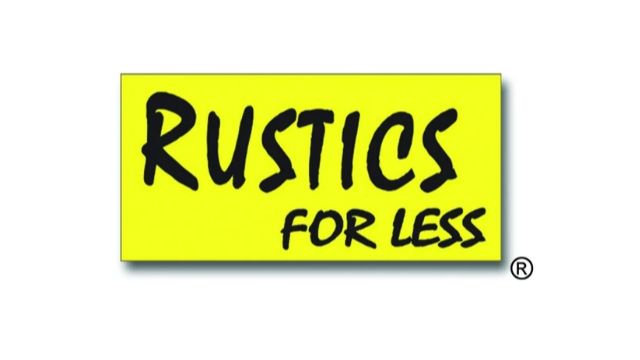THC, or tetrahydrocannabinol, which is the key psychoactive ingredient in cannabis can linger in the natural environment for extended periods, triggering unintended publicity prolonged just after cigarette smoking has stopped, a new review has proven.
A group of scientists from the U of T Engineering lab led by Professor Arthur Chan (ChemE) looked at how THC behaves and transforms right after currently being released in an indoor natural environment.
“We commenced our analysis on tetrahydrocannabinol (THC), which is the psychoactive section of hashish that results in intoxication for the reason that when we seemed at second- and third-hand smoke, we begun to see how much involuntary exposure takes place,” said Amirashkan Askari, a ChemE Ph.D. prospect in Chan’s lab, who is co-writer of the study with Chan and Professor Frank Wania (Physical and Environmental Sciences, ChemE).
A normal view is that secondhand smoke is less damaging than firsthand smoke, but previously investigate founded that exhaled smoke is made up of hundreds of harmful and carcinogenic chemicals.
“Any variety of cigarette smoking, irrespective of whether it is tobacco or hashish, leaves at the rear of a suite of pollutants that can stay in houses,” states Chan.
Why Is Hashish Not An Exemption?
Thinking about that the chemical construction of THC is massive and intricate, it tends to maintain on to surfaces resulting in third-hand exposure, Askari spelled out.
“There are a lot of surfaces indoors — tables, chairs and flooring. When you work out the ratio of surfaces to volume, it is fairly elevated compared to the outdoors,” he continued. “So, when a pollutant is emitted, it normally has the prospect to migrate from air to surfaces.”
Little ones In Threat
The publicity investigation used a model that viewed as the exposure level of an grownup and a toddler to THC from a burning cannabis joint emitted into the air for one particular hour daily, in accordance to the College of Toronto Engineering News.
“Involuntary publicity to pollutants begins to turn out to be a lot more essential when we consider infants and young children who reside in properties exactly where this smoking cigarettes will take put,” Askari reported. “Children are inclined to touch surfaces additional than grown ups as they crawl or enjoy they are also recognised to often set their palms or objects in their mouths.”
The examine observed that carpet and flooring elements had been major reservoirs of THC.
How To Mitigate Wellness Challenges?
Askari mentioned the very best way to steer clear of involuntary exposure to THC is to cease smoking cigarettes cannabis.
“When it will come to improving indoor air high quality, the most effective way to degrade air pollutants is to shut down the source,” he said.
But for those who want to retain applying cannabis responsibly, he reported air purifier models can be a remedy.
“If our purpose is to suppress it [involuntary exposure to THC], we identified the most helpful steps were being strategies that goal the air particles instantly,” Askari additional. “So, if you have an air purifier device that filters particulate subject from the air, that will cut down that exposure drastically.”
Photograph: Beniznga edit of photos by Picsea and Elsa Olofsson on Unsplash
